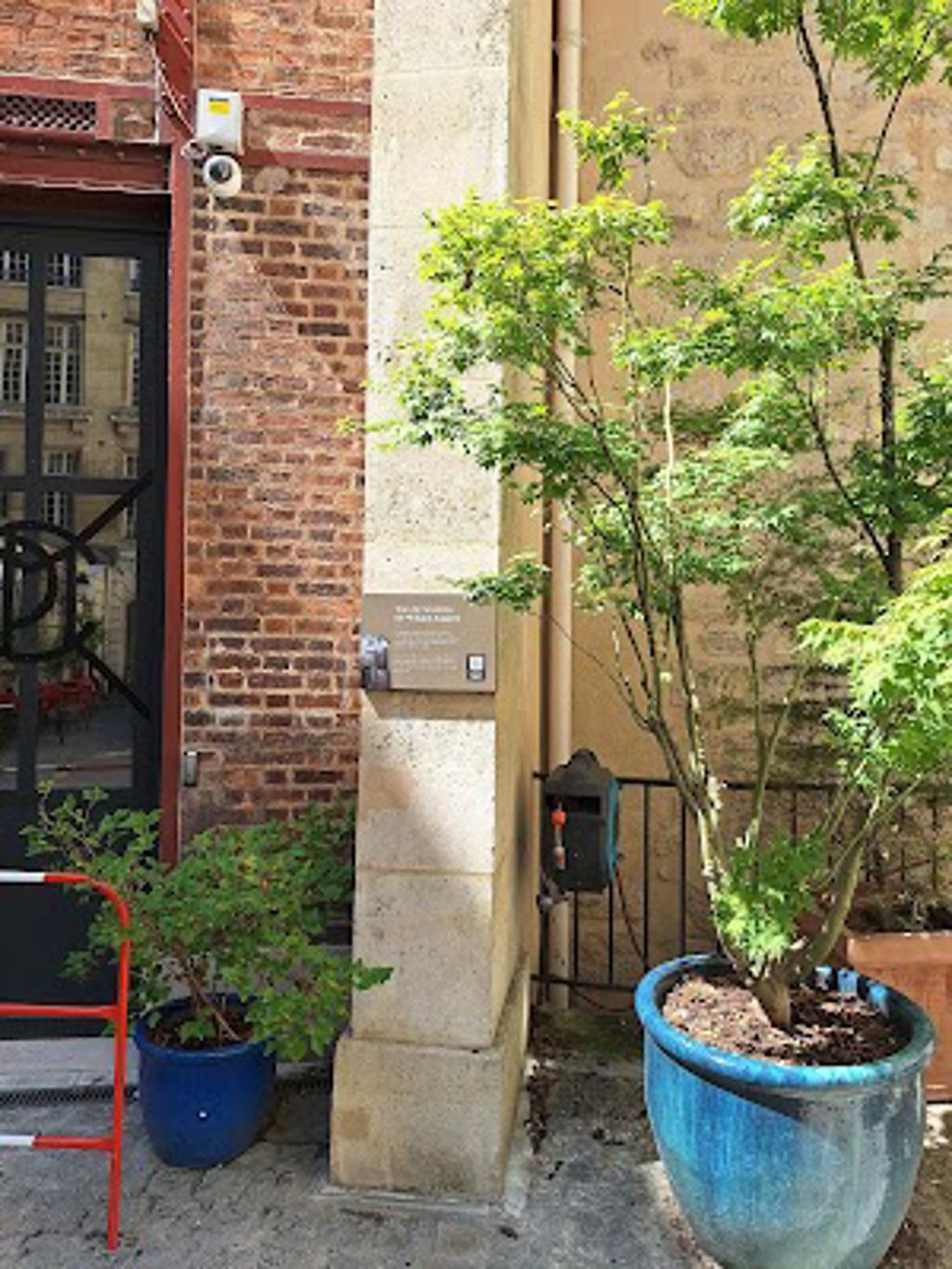About Tour de l'enceinte de Philippe Auguste
The remnants of the Tour de l'enceinte de Philippe Auguste stand as a silent witness to the medieval fortifications that once encircled Paris. Constructed in the late 12th century, these stone walls were commissioned by King Philippe Auguste to protect the city from potential invasions during his absence on the Third Crusade. The tower, with its robust stonework and strategic positioning, offers a glimpse into the military architecture of the time, characterized by its thick walls and narrow slits for archers. The stones, weathered by centuries, tell stories of a Paris that was once a fortified bastion, safeguarding its inhabitants from external threats.
These fortifications marked a significant development in the urban landscape of medieval Paris, reflecting the growing importance of the city as a political and economic center. The wall stretched over five kilometers, encompassing the heart of Paris on both the Right and Left Banks of the Seine. As you observe the remaining sections of the wall, it becomes evident how these defenses shaped the city's expansion and influenced its historical trajectory. The fortifications not only protected Paris but also symbolized the authority and foresight of Philippe Auguste, who sought to secure his kingdom's capital against the uncertainties of the medieval world.
Right Where It Began
The construction of the wall under Philippe Auguste marked a pivotal moment in Parisian history. Before this fortification, the city was vulnerable to attacks, with its defenses limited to the Île de la Cité. The decision to build a comprehensive wall around the city was both a strategic military move and a statement of the king's power. The wall's presence allowed Paris to flourish, providing a secure environment for trade and culture to thrive. This fortification laid the groundwork for the city's transformation into a major European capital, setting the stage for its future growth and development.
Plan your perfect trip to Paris with Travo! Download now and start exploring.
Marks of Time
The visible remnants of the wall, particularly the towers and sections along Rue des Francs Bourgeois, bear the marks of time and history. These stones have witnessed the evolution of Paris from a medieval city to a modern metropolis. The wall's construction techniques, using limestone blocks and mortar, reflect the engineering skills of the era. Over the centuries, as Paris expanded beyond its medieval boundaries, many parts of the wall were dismantled or integrated into newer buildings. However, the surviving sections serve as a tangible connection to the city's past, offering insights into the architectural and urban planning practices of the 12th century.
Stories in Stone
The stones of the Tour de l'enceinte de Philippe Auguste tell stories of medieval Paris, a city bustling with merchants, craftsmen, and scholars. The wall not only provided physical protection but also defined the social and economic boundaries of the city. Within its confines, Paris developed a unique identity, characterized by its vibrant markets, religious institutions, and intellectual pursuits. The fortifications played a crucial role in shaping the city's character, influencing its layout and the daily lives of its inhabitants. As you explore the remaining sections, imagine the bustling activity that once took place within these walls, a testament to the dynamic spirit of medieval Paris.
Details That Speak
Close examination of the wall reveals details that speak to its historical significance. The narrow arrow slits, designed for archers to defend the city, highlight the military considerations of the time. The thickness of the walls, built to withstand sieges, underscores the strategic importance of Paris as a fortified city. These architectural features reflect the challenges and priorities of medieval urban defense, offering a window into the past. The wall's enduring presence in the heart of modern Paris serves as a reminder of the city's resilience and adaptability, bridging the gap between its medieval origins and contemporary identity.
Living History
Today, the remnants of the Tour de l'enceinte de Philippe Auguste are more than just historical artifacts; they are a living part of Paris's cultural heritage. As you walk along Rue des Francs Bourgeois, the wall stands as a testament to the city's rich history, inviting reflection on the passage of time and the enduring legacy of its medieval past. The fortifications have become an integral part of the Marais district, blending seamlessly with the vibrant life of the area. For locals and visitors alike, these ancient stones offer a tangible connection to the history of Paris, a city that continues to evolve while honoring its storied past.






Map loading...
Location
Rue des Francs Bourgeois, 75004, Paris
